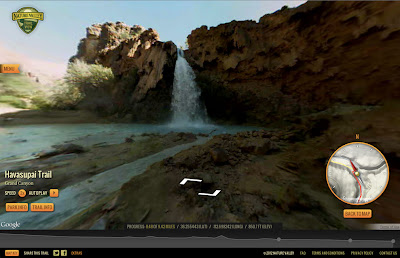
When H&M produces hot new collections, the Swedish fashion retailer knows just how to get the word out. With around 2,500 stores spread across 44 markets, not only does the company engage in traditional forms of marketing, but also integrates its social media with other communication activities. An early adopter of Google+, today H&M has more fans on the platform than any other retail brand – over 940,000 followers.
Unique, exclusive content wins followers
Instead of replicating the experience of shopping in the store or on the website, their page supplies a steady stream of interactive content tailored specifically to the Google+ audience. H&M publishes unique coverage, including a captivating range of exclusive collection previews, contests and behind the scenes footage, such as a Vogue editor preparing for an H&M photo shoot. Their most popular posts are the ones for their top collections with Beckham, Versace and Marni.
Using ripples to understand trendsetting
H&M has a very high rate of shared posts. Their team can “View Ripples” to see who has shared content and what has been said. In this way, the ripples feature lets H&M see how posts spread across Google+, who’s sharing and resharing the content and whose opinions matter. The feature can be used to identify influencers and see how communities form around content. The larger the circles in ripples, the larger the reach they might have.
Social extensions to integrate their social strategy into search
Another feature H&M uses are social extensions in its AdWords advertising. Social extensions help the company obtain a higher number of brand recommendations, +1’s and direct traffic to their Google+ page, effectively increasing their number of followers by doing so. On average H&M has achieved a 22% CTR uplift on all their AdWords campaigns thanks to implementing social extensions.
It’s all adding up...
All of this has contributed in great levels of engagement from fans with the following results so far:
- Average number of +1’s per post: 72
- Average number of reshares per post: 11
- Average number of comments per post: 22
To learn more about H&M’s inspirational example, read the full case study here.
Posted by Natalia Cano, PMM Google+ for Businesses







